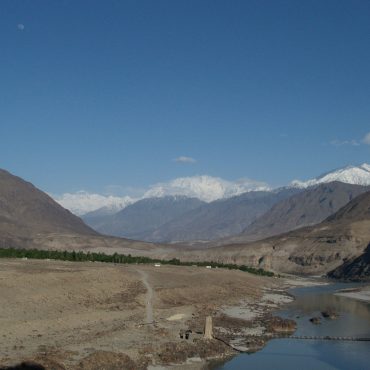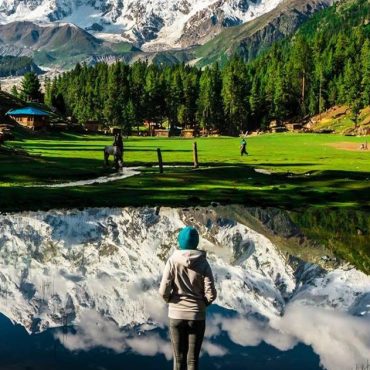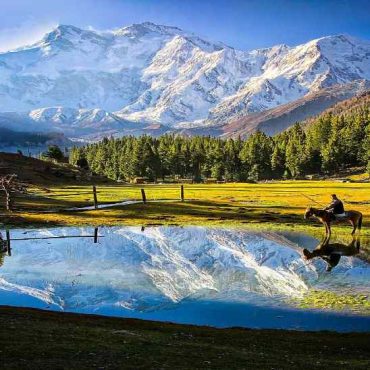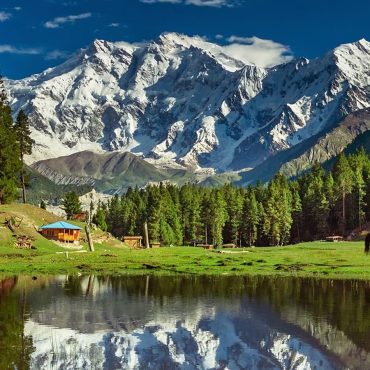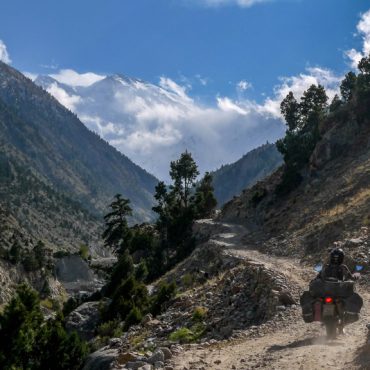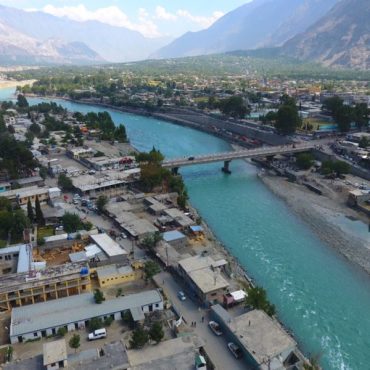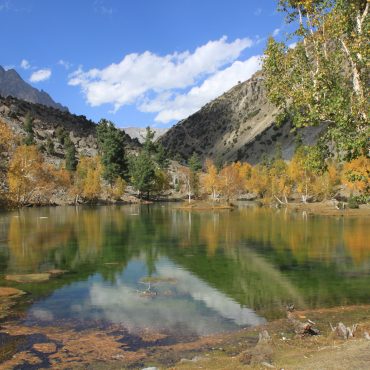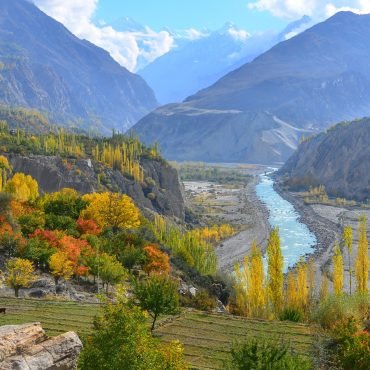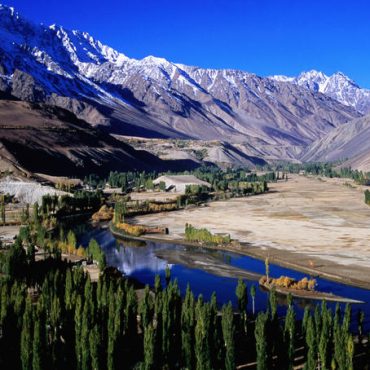Gilgit-Baltistan is a region located in the northernmost part of Pakistan. It is a mountainous territory that borders the Wakhan Corridor of Afghanistan to the northwest, China’s Xinjiang Uygur Autonomous Region to the northeast, and the Pakistani-administered territory of Azad Kashmir to the south.
Here are some key features and information about Gilgit-Baltistan:
1. Geography and Climate: Gilgit-Baltistan is characterized by its breathtaking landscapes and rugged mountain ranges. The region is home to some of the world’s highest peaks, including K2, the second-highest mountain in the world. It is also known for its glacial rivers, deep valleys, and alpine lakes. The climate varies across the region, with hot summers and cold winters in the lower valleys, while the higher areas experience extremely cold temperatures and heavy snowfall.
2. Administrative Division: Gilgit-Baltistan is a semi-autonomous region that is administratively divided into ten districts. These districts include Gilgit, Skardu, Nagar, Hunza, Ghizer, Astore, Diamer, Ghanche, Shigar, and Kharmang.
3. Culture and Ethnicity: The region is home to a diverse mix of ethnic and linguistic groups, including Balti, Shina, Burushaski, and Wakhi. People in Gilgit-Baltistan follow a rich and vibrant cultural heritage, with unique traditions, music, dance forms, festivals, and handicrafts. The region has a strong Tibetan and Central Asian cultural influence.
4. Tourism: Gilgit-Baltistan is a popular tourist destination, attracting travelers from around the world. The region offers numerous opportunities for adventure tourism, including mountaineering, trekking, rock climbing, skiing, and river rafting. The Hunza Valley, Skardu, and Naltar Valley are among the most visited tourist spots in the region. Various cultural and historical landmarks, such as Baltit Fort and Shigar Fort, also serve as attractions.
5. Strategic Importance: Due to its location, Gilgit-Baltistan holds strategic importance for Pakistan. It serves as a vital land route for trade and connectivity between Pakistan, China, and Central Asia. The China-Pakistan Economic Corridor (CPEC), a significant infrastructure development project, passes through this region.
6. Infrastructure and Development: In recent years, there has been significant investment in infrastructure development in Gilgit-Baltistan. Road networks, bridges, and tunnels have been constructed to improve connectivity and facilitate tourism and trade.
7. Legal Status and Political Autonomy: Gilgit-Baltistan is governed by the Gilgit-Baltistan Empowerment and Self-Governance Order of 2009. While it is considered part of the greater territorial dispute over Kashmir between India and Pakistan, it functions with a certain level of political and administrative autonomy within Pakistan.
8. Wildlife and Natural Resources: The region is known for its diverse wildlife, including rare and endangered species such as the Marco Polo sheep, snow leopards, and Himalayan ibex. Gilgit-Baltistan also boasts rich mineral resources, including gemstones, gold, and copper.
In summary, Gilgit-Baltistan is a scenic region in Pakistan, offering stunning natural landscapes, a diverse culture, and thrilling adventure opportunities. Whether it’s exploring its majestic peaks or immersing in its cultural heritage, Gilgit-Baltistan has a lot to offer to travelers seeking unique experiences.



